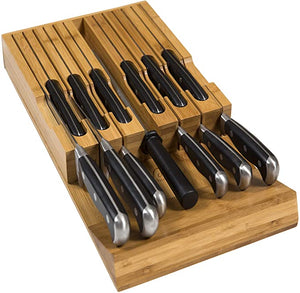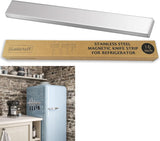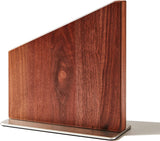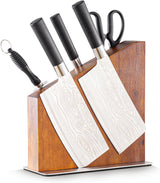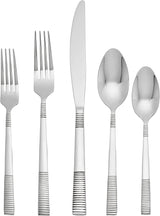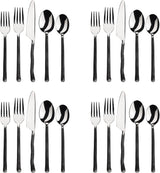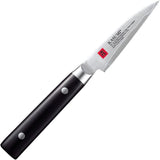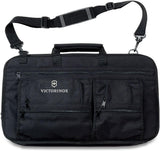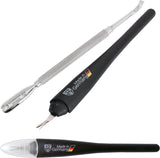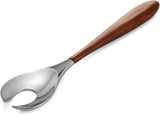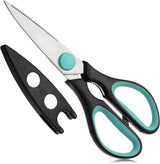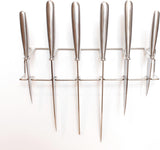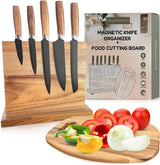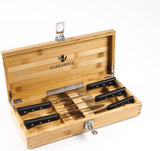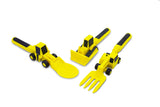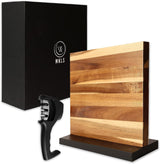In the culinary world, the upkeep of your tools is essential for ensuring safety and efficiency in the kitchen. Knowing how to clean a pocket knife blade is just as vital as mastering any other kitchen skill. This article offers an in-depth look at how to properly maintain your pocket knife, a crucial tool in any cook's toolkit.
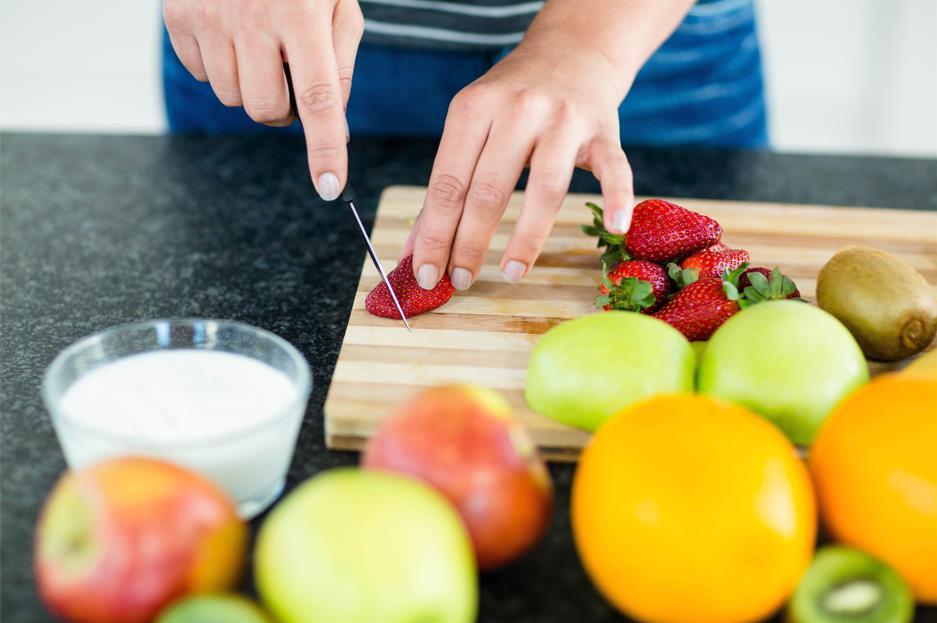
Why Regular Maintenance Matters
Cleaning and maintaining your pocket knife regularly is important for multiple reasons. Firstly, it helps prolong the life of the knife by warding off rust and corrosion. Secondly, it ensures that the knife performs at its best, allowing for clean cuts and safe handling. Lastly, keeping your knife clean helps reduce the risk of food contamination, a critical concern for anyone in the culinary field.
Even though cleaning a pocket knife may seem simple, knowing the right materials and techniques can significantly enhance your cleaning process. This guide will walk you through each step for effective maintenance.
Your Step-by-Step Cleaning Guide
1. Collect Your Supplies
Before getting started, gather the following items:
- Mild dish soap
- Warm water
- A soft cloth or sponge
- A soft-bristled brush
- Knife oil or lubricant
2. Disassemble the Knife
If the design of your pocket knife allows for easy disassembly, carefully take it apart, following the manufacturer's guidelines. This will enable a more thorough cleaning of each part.
3. Clean the Blade
Place the blade in warm, soapy water and gently scrub it with the soft cloth or sponge. For tougher grime or rust, use the soft-bristled brush. Rinse the blade under warm water to eliminate all soap residue, then dry it promptly with a clean cloth.
4. Lubricate the Blade
After ensuring the blade is dry, apply a small quantity of knife oil or lubricant to prevent rust and guarantee seamless operation. Wipe off any extra oil.
Know Your Knife Types for Better Care
A kitchen professional understands that there are numerous types of kitchen knives. Knowing the material and kind of your pocket knife can guide your maintenance approach. For instance, while stainless steel blades resist rust better than carbon steel, they still require careful handling.
Common Pitfalls to Avoid
One common mistake is using abrasive materials or harsh chemicals that can ruin the blade's finish and edge. It's essential to handwash instead of using dishwashers. Always ensure the blade is completely dry to avoid moisture build-up, which can lead to rust.
Frequently Asked Questions
Q1: How often should I clean my pocket knife?
It's advisable to clean your knife after each use, particularly when it comes in contact with acidic or sticky materials.
Q2: Is olive oil a suitable lubricant?
Olive oil can work in moderation; however, specialized knife oils provide better protection without attracting dust and grime.
Q3: What if my blade has significant rust?
For extensive rust build-up, using a commercial rust remover or a vinegar soak may be necessary. If rust remains, consider professional maintenance.
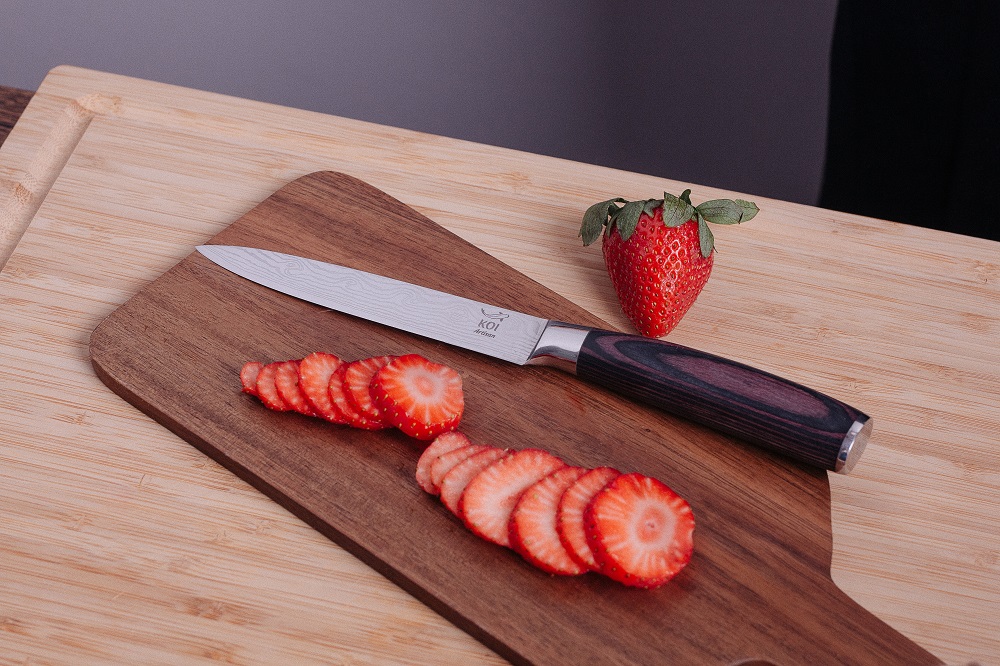
Additional Reading
For more insights into maintaining kitchen knives, check out our links on Imarku Knives, Tac Force Knives, Rough Rider Knives, and Boker Knives. For more tips, visit how to sharpen a knife.
This article contains affiliate links. We may earn a commission at no extra cost to you.
